13 Vintage Comic Book Issues With Iconic Halloween or Horror Covers
Comic book covers have a way of setting the tone before a single page is turned. Some are spooky, others are downright chilling, and a few have become unforgettable pieces of art. From eerie pre-code horrors to modern Halloween specials, these covers show how comics can capture the thrill of a good scare. Here are some of the most iconic issues that have haunted collectors for decades.
This post may contain affiliate links, which helps keep this content free. Please read our disclosure for more info.
Black Cat Mystery #50
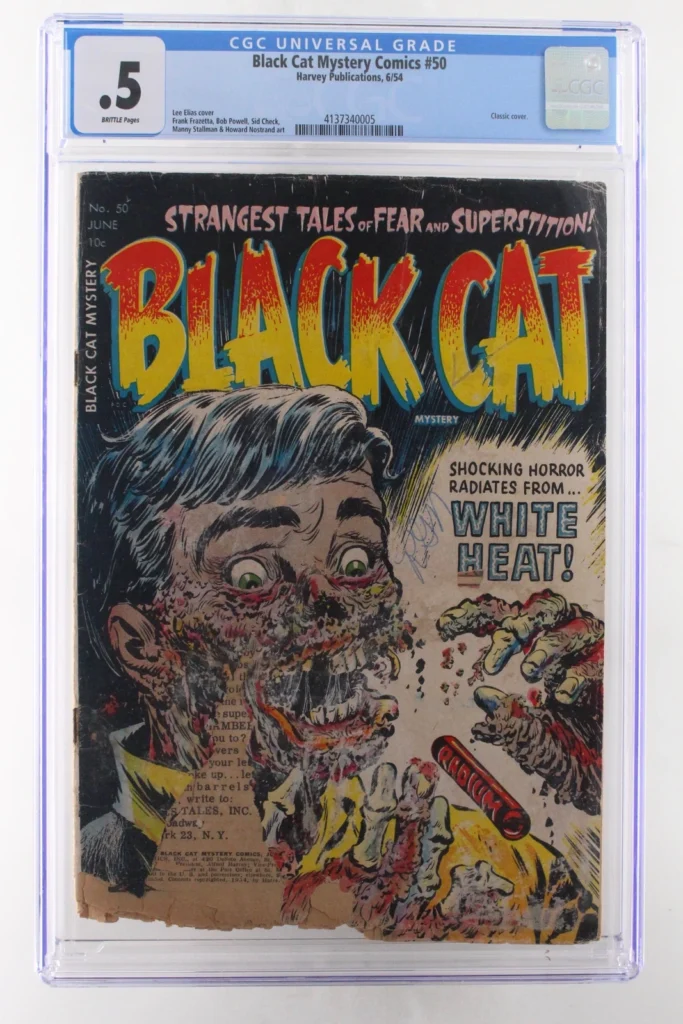
This issue from the early 1950s is often mentioned among the most haunting comic book covers of all time. The artwork features a terrified woman trapped in a coffin, with skeletal hands pulling her inside. It’s a scene that perfectly captures the twisted charm of pre-code horror. The mix of fear and fascination made this issue a standout for collectors who love classic scares.
Inside, the stories are just as eerie as the cover suggests. Each tale explores themes of revenge, death, and the macabre in ways that were daring for the time. Readers get a glimpse into how far horror comics were willing to go before strict censorship arrived. The cover alone is reason enough to own this chilling piece of comic history.
Haunt of Fear #7 (EC Comics, 1951)
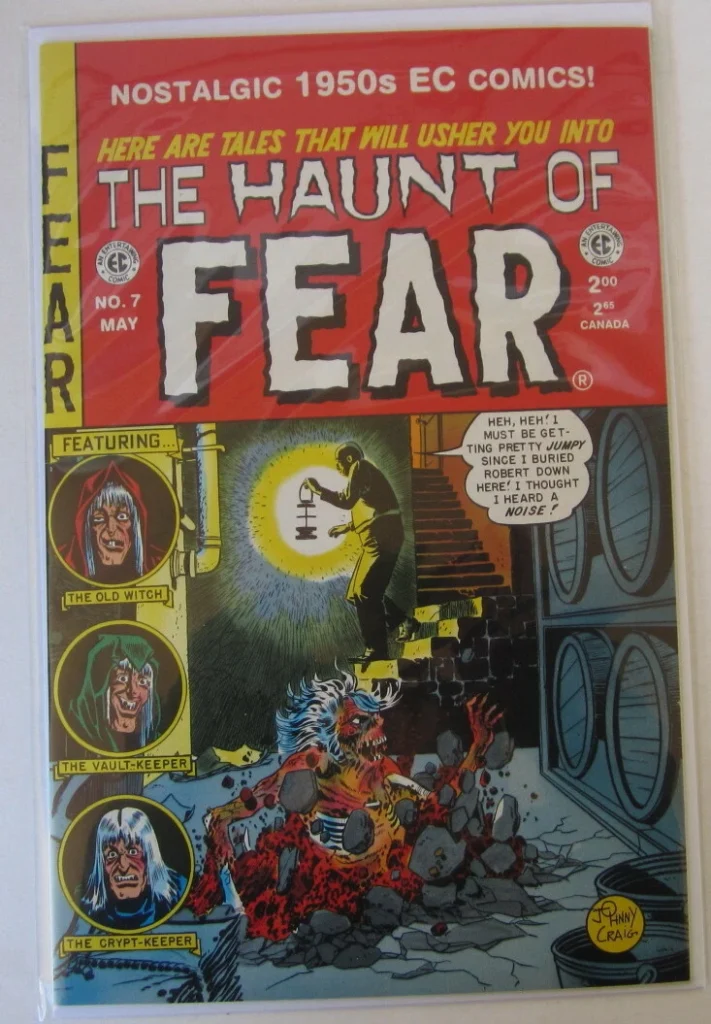
EC Comics built its reputation on fear, and this issue stands as a prime example. The cover shows a sinister gravedigger, lantern in hand, with a half-buried corpse reaching upward. Its composition and detail reflect the peak of EC’s horror artistry. For many collectors, it’s a symbol of the golden age of illustrated terror.
The interior stories are classic EC fare—grim, ironic, and satisfyingly twisted. Readers find tales where justice comes with a cruel edge, blending morality with mayhem. The balance of shock and storytelling is what makes EC’s work timeless. Decades later, this cover still defines what comic horror should feel like.
This Magazine Is Haunted #7 (Fawcett Comics)
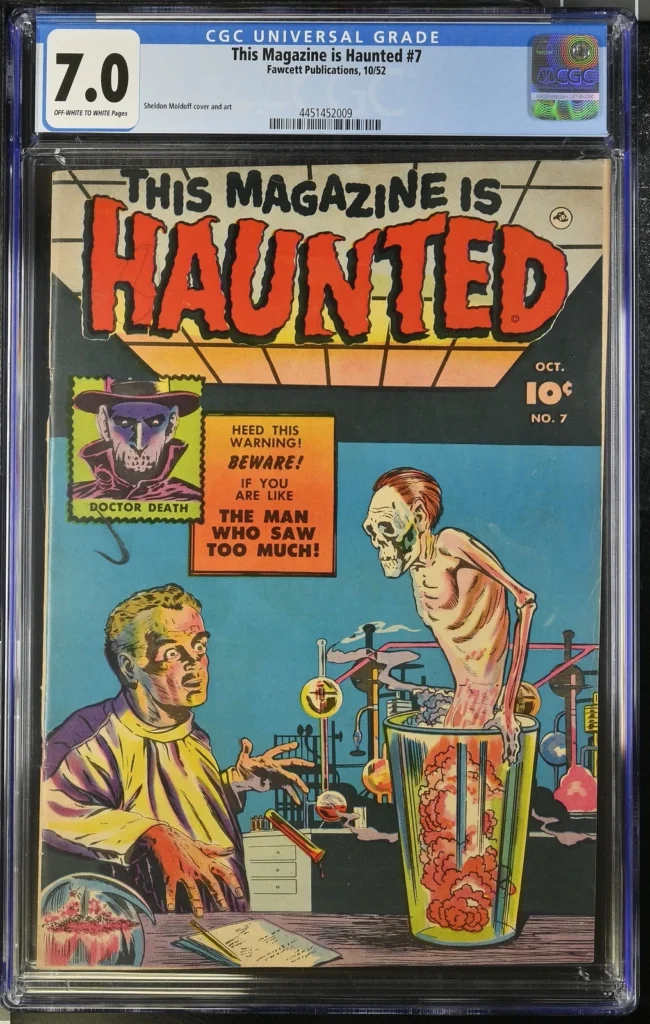
This Fawcett horror title pushed visual storytelling to eerie new heights. The cover depicts a skeletal doctor standing over a frightened patient, a surreal image that sends a shiver even today. Its lurid color palette and disturbing premise made it unforgettable among 1950s horror fans. It’s one of those covers that seems to stare back at you the longer you look.
Inside, the comic’s stories explore themes of guilt, sin, and punishment beyond the grave. The writing often mirrored the anxieties of post-war America, wrapped in supernatural settings. Fawcett’s horror line may not have lasted long, but issues like this left a lasting impact. It remains a favorite for collectors drawn to haunting medical or psychological horror.
Vault of Horror #37 (EC Comics, 1954)
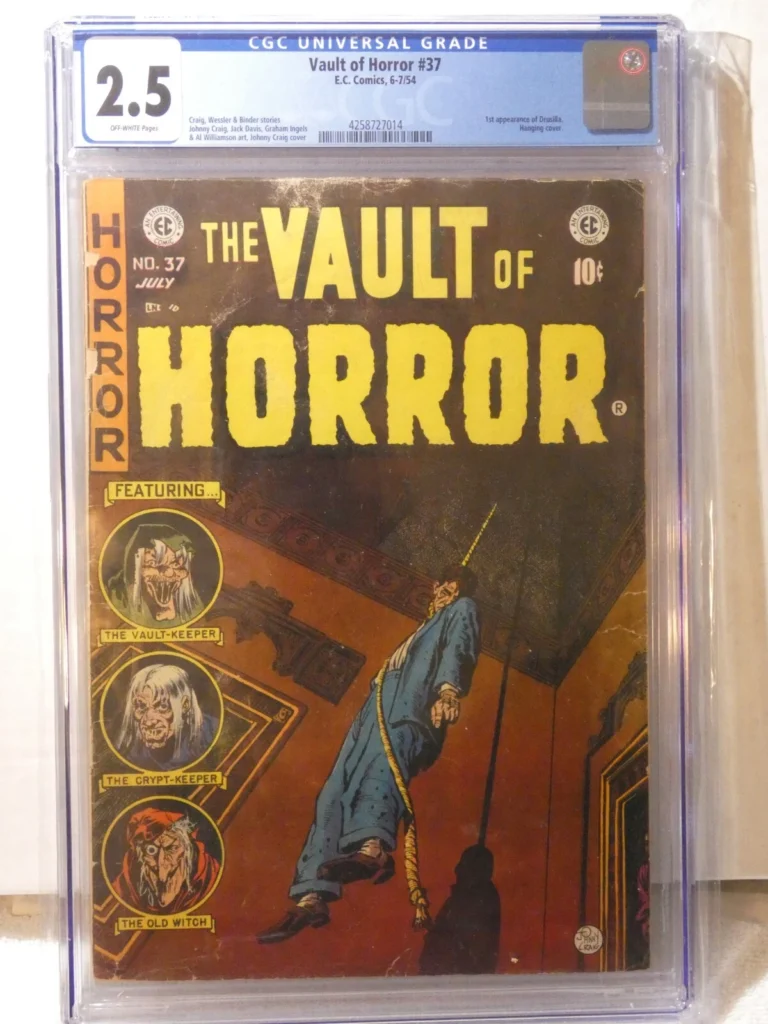
This issue is infamous for its shocking cover art, featuring a hanging victim viewed from an unsettling perspective. The artist used shadows and expression to create a scene that feels almost cinematic. It’s the kind of imagery that cemented EC’s place in comic history—and also contributed to the creation of the Comics Code Authority. Even decades later, its power to unsettle hasn’t faded.
The stories inside blend gothic elements with the grim wit EC was known for. Readers find corpses that refuse to rest and villains who meet poetic ends. Each tale follows that trademark EC twist, where karma catches up in gruesome fashion. It’s a comic that represents both the height and downfall of pre-code horror.
Weird Mysteries #6 (1953)
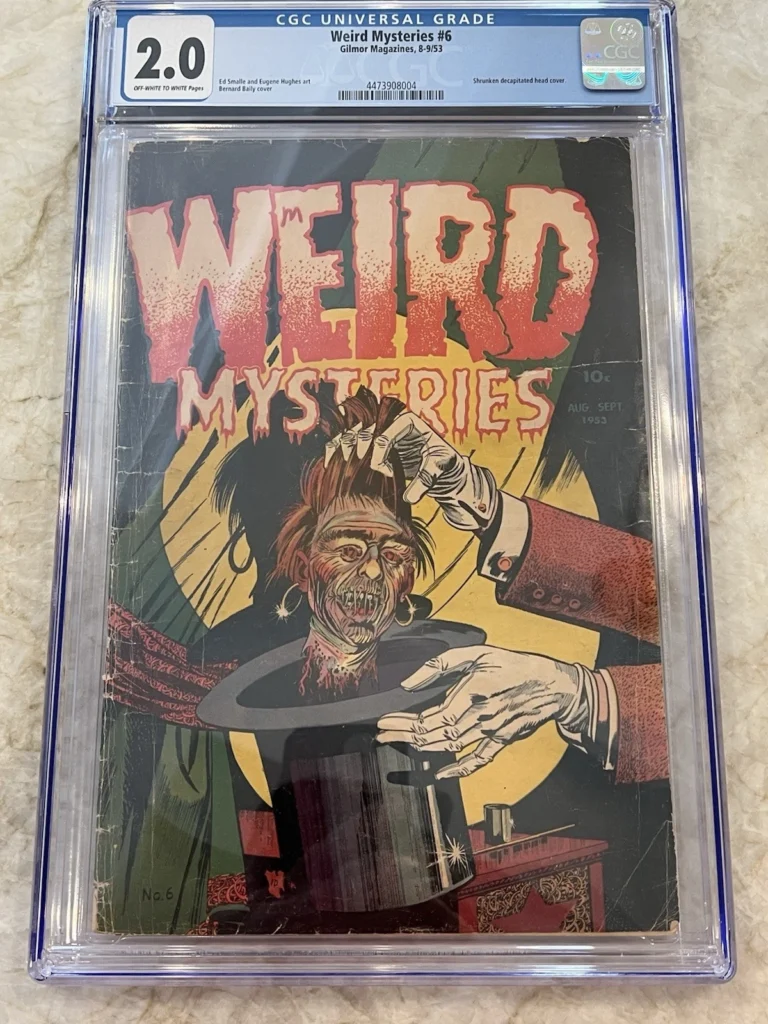
This cover remains one of the most shocking ever printed, showing a mad scientist holding a severed head attached to wires. The image is grotesque yet fascinating, a perfect reflection of the boundary-pushing art of the time. Its garish colors and wild imagination make it an essential collectible for horror enthusiasts. Few covers have stirred as much controversy—or admiration.
Inside, the comic features science gone wrong and experiments that twist human nature. Each story dives into fears about power, curiosity, and consequence. The pulp writing style keeps the stories quick and punchy, making the horror hit harder. Weird Mysteries #6 proves that 1950s comics could be just as daring as horror films of the era.
Chilling Tales #15 (1953)
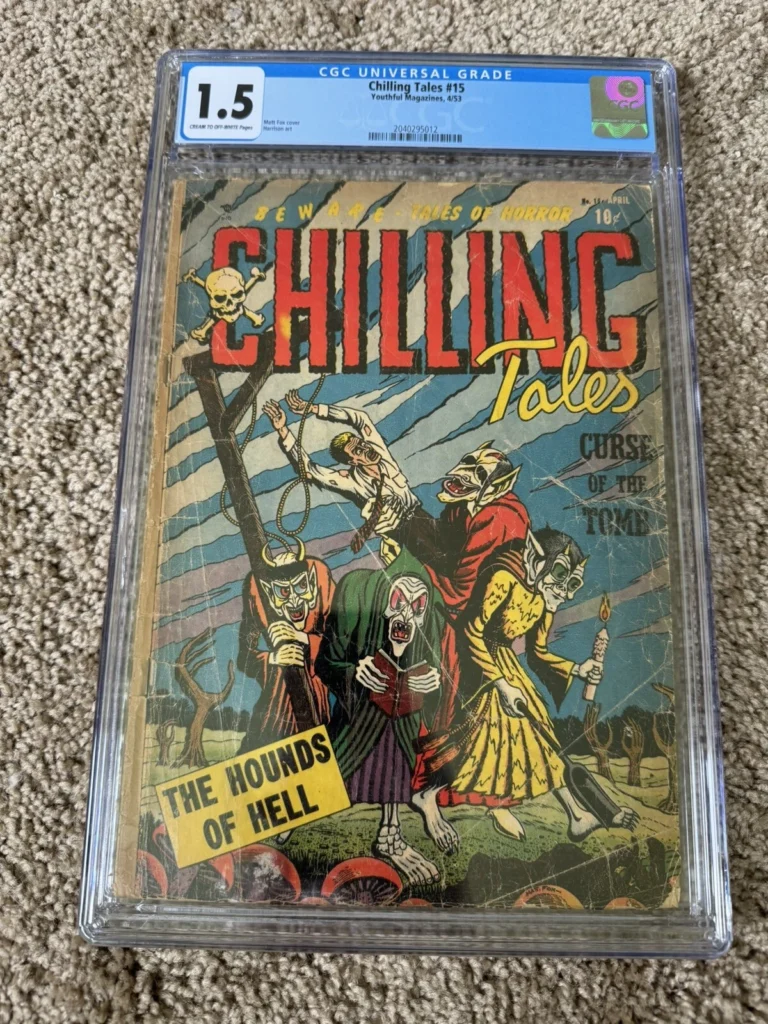
Matt Fox’s cover art for this issue is unforgettable, with skeletal figures and eerie lighting that seem almost alive. The detailed illustration captures that uneasy feeling between nightmare and fascination. It’s one of those images that collectors instantly recognize and prize for its artistry. For fans of vintage horror, it’s pure pulp perfection.
The stories inside match the cover’s eerie tone, mixing folklore and fantasy with gruesome endings. Themes of guilt and retribution run through each tale, giving them moral undertones despite their shocking moments. The artwork inside keeps pace with the chilling cover, filled with moody shadows and twisted grins. It’s a gem for anyone who loves horror with atmosphere.
Tales from the Crypt #44 (1954)
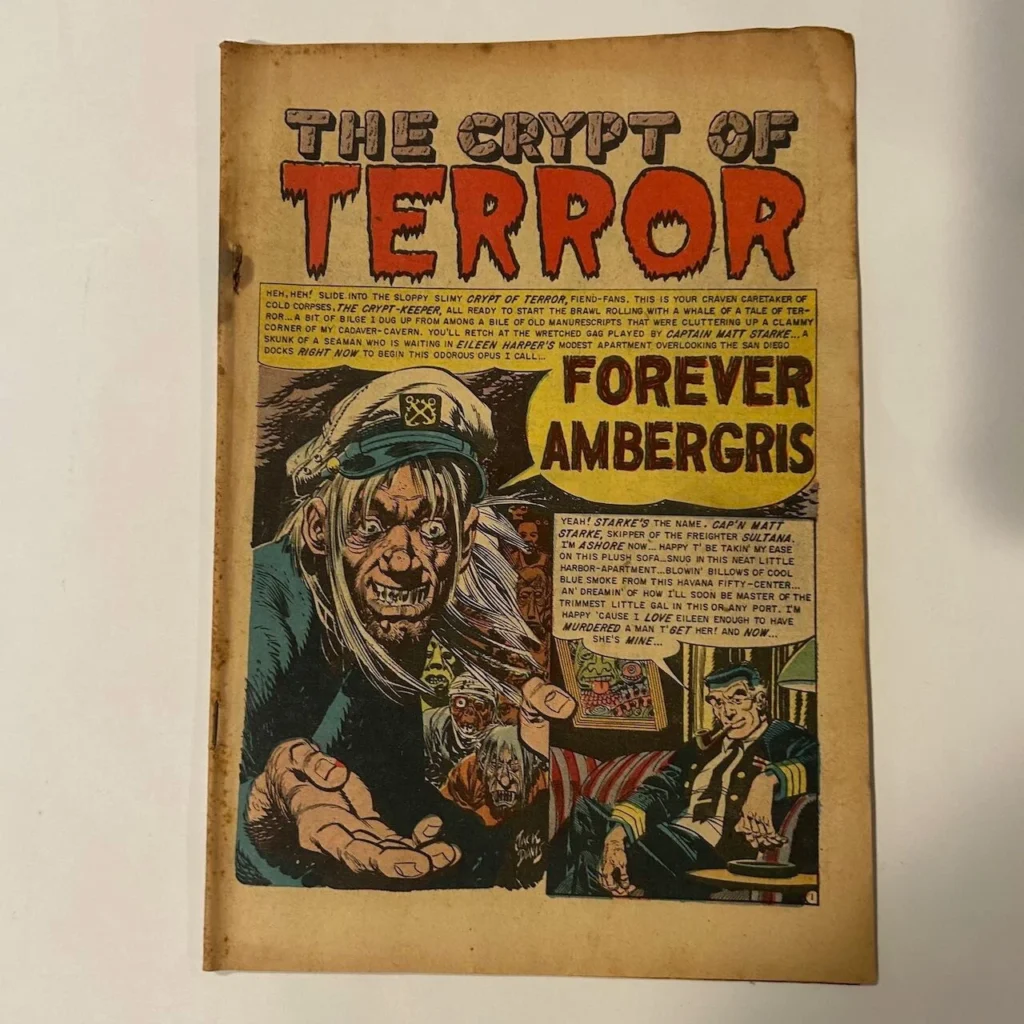
This issue’s guillotine cover is among EC’s most recognizable. The bold reds and tense scene capture the moment before execution, making it both horrifying and oddly elegant. It’s the kind of cover that forces you to pause and take in every grim detail. Few images have represented the EC horror style more vividly.
The stories, as always, balance irony and terror. They explore moral corruption, deceit, and supernatural revenge, each with a dark sense of humor. The artwork complements the storytelling perfectly, using heavy shadows to emphasize dread. It’s a comic that defines the phrase “beautifully macabre.”
Captain America Comics #74 (Captain America’s Weird Tales)
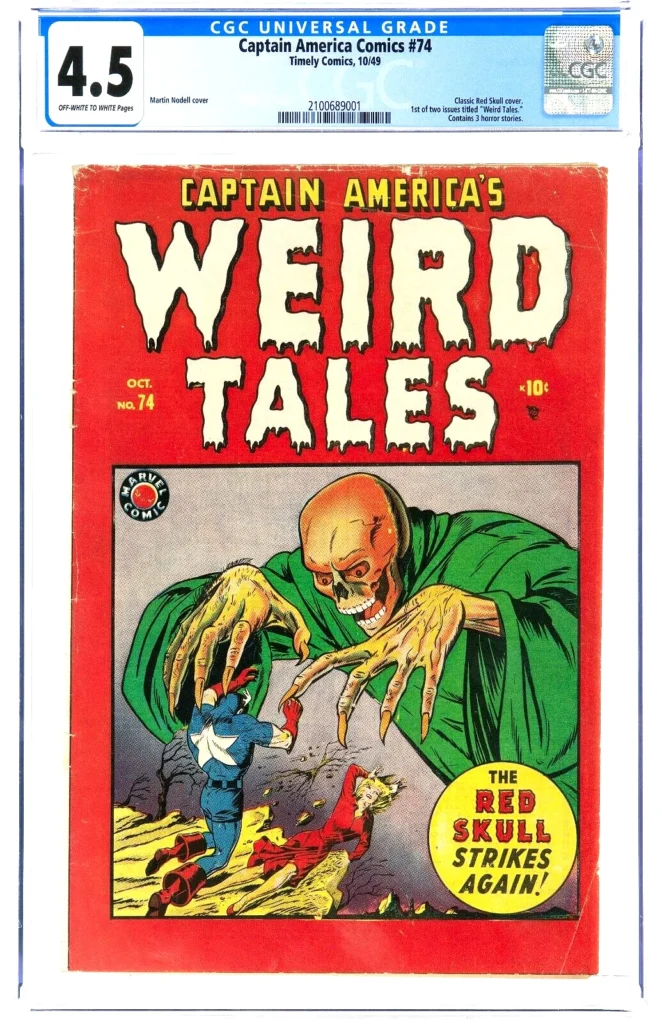
Before he was defined by patriotism, Captain America dabbled in horror. This issue stands out because of its chilling cover showing a giant skull looming over Cap himself. It’s a striking blend of superhero and horror imagery. The artwork feels like a glimpse into another side of the 1940s comic world.
The stories within blend weird fiction and suspense, showing Marvel’s early experimentation with tone. Readers find tales of possession, fear, and fate mixed with more traditional hero action. It’s a fascinating transition issue that reflects a moment when genres collided. Collectors prize it for its rarity and bold design.
Chamber of Chills #19
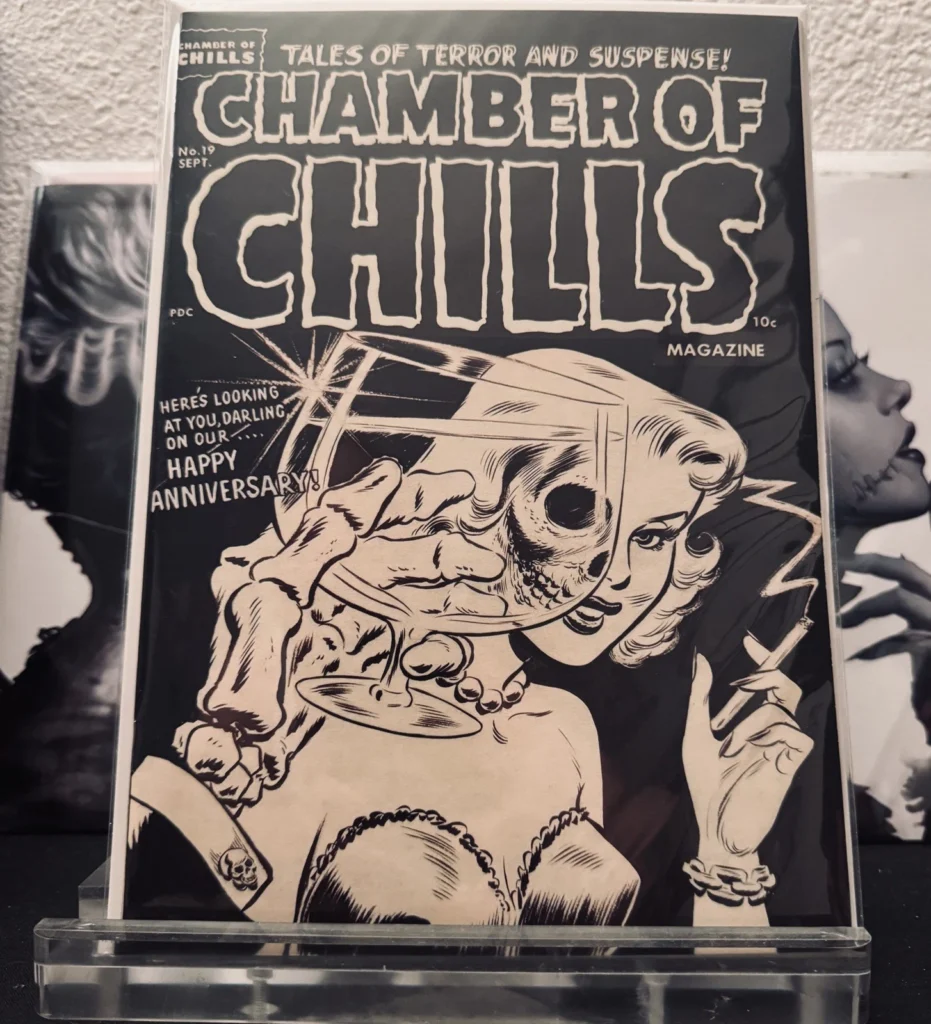
The cover art here is one of the most famous in horror comic history. A skeletal figure leers at a terrified woman, rendered in rich, eerie color. It’s lurid and theatrical—exactly what pre-code fans love. Many horror artists since have borrowed its visual cues for modern designs.
Inside, the anthology’s stories stay true to that spirit. Tales of ghosts, vengeance, and moral downfall fill each page. The tone swings between gothic and pulp, giving it wide appeal. This issue remains one of the most collectible from the Chamber of Chills run.
Spawn #88
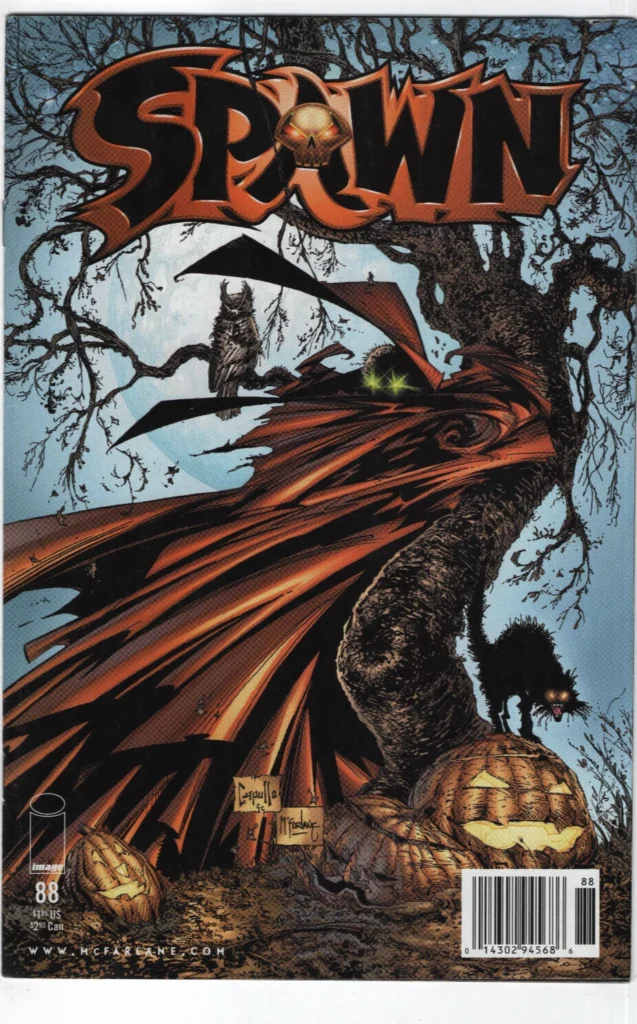
Moving into modern horror, this Spawn issue captures the Halloween mood perfectly. The cover features Spawn in a fiery, haunting setting, surrounded by bats and smoke. Todd McFarlane’s work blends gothic horror with superhero drama in a way that feels timeless. It’s a visual reminder of how modern comics carry on the old horror tradition.
The story inside deals with the darker side of power and morality. Spawn’s tortured soul and eerie environment give the narrative its emotional weight. Readers drawn to atmospheric, cinematic visuals find plenty to love. It’s a must-read for those who enjoy horror mixed with tragedy.
Batman: Madness – A Legends of the Dark Knight Special
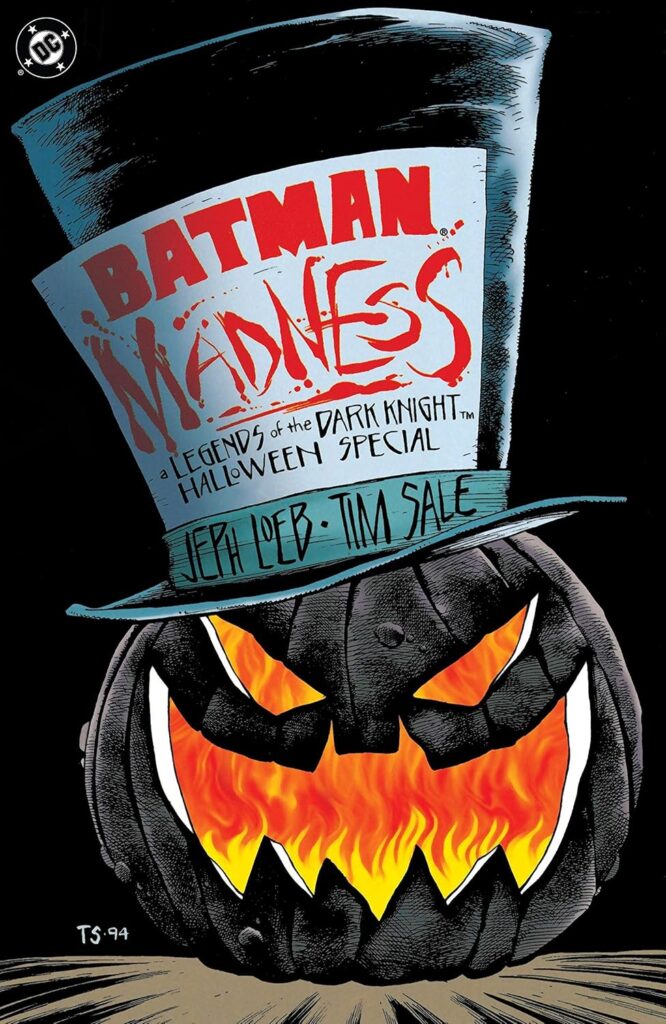
This Halloween-themed one-shot delivers visual storytelling at its finest. The cover, featuring the Mad Hatter’s unsettling grin, hints at psychological horror more than gore. It feels claustrophobic, like a descent into madness. The tone is equal parts creepy and poetic, fitting Batman’s darker mythos.
Inside, the story explores obsession and fear through vivid imagery and unsettling dialogue. The psychological tension keeps readers hooked more than jump scares ever could. It’s one of those Batman tales that lingers in the mind long after finishing. For many fans, it stands beside The Long Halloween as essential seasonal reading.
Drawing on Your Nightmares: Halloween Special (Dark Horse, 2003)
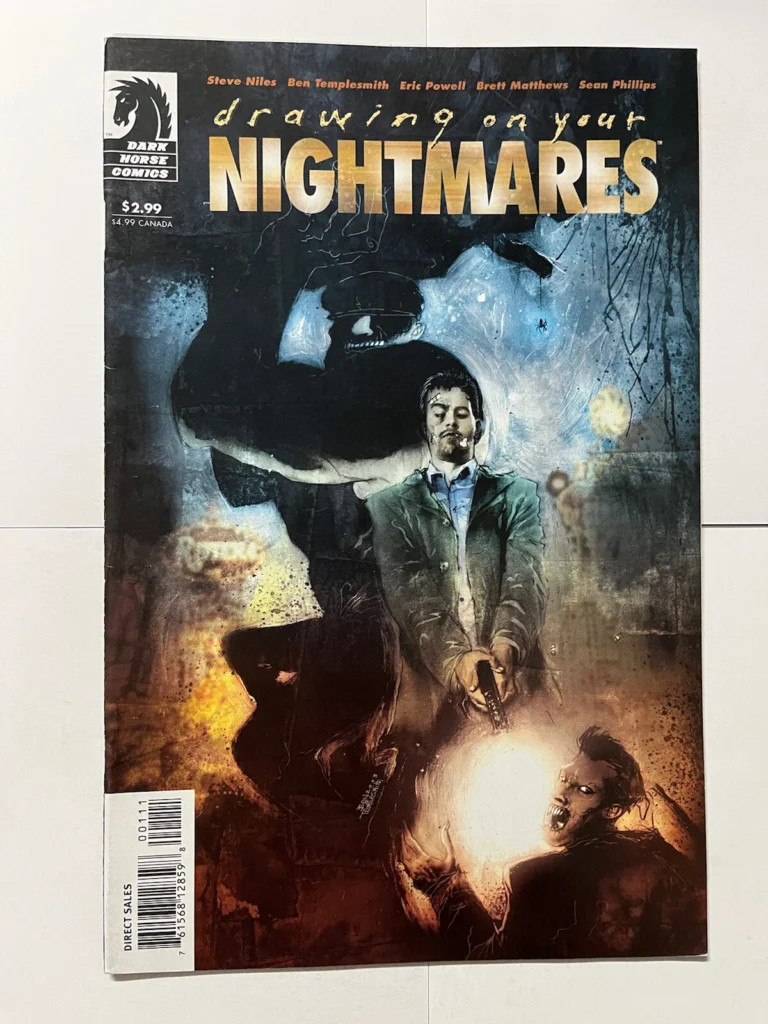
This one-shot collects horror stories from some of Dark Horse’s top creators. The cover alone, featuring a monstrous figure emerging from shadow, sets the eerie tone. It’s a celebration of Halloween horror done with style and skill. Each story feels like its own short film on paper.
The anthology blends psychological horror, monsters, and folklore. Its creators use suspense rather than shock to unsettle readers. The result is a moody, imaginative collection that fits perfectly into a spooky October reading list. Fans of short-form horror will find it endlessly re-readable.
Black Magic #27
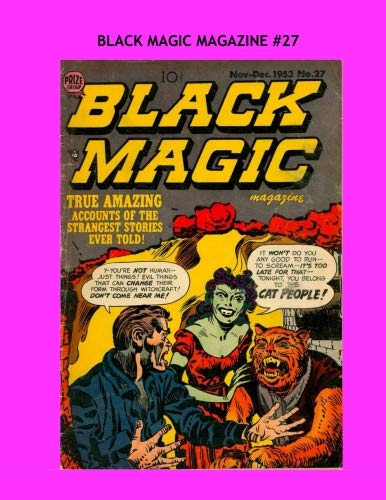
Simon and Kirby’s Black Magic was one of the few horror titles that balanced chills with heart. The cover to issue #27, showing the “Cat People,” combines pulp fear with graceful storytelling. Its art style feels vintage yet hauntingly alive. This issue proves that even early horror could be elegant.
The interior stories focus on transformation, guilt, and the strange forces of fate. Each tale carries a lesson wrapped in supernatural flair. The clean yet expressive art makes the terror believable without resorting to gore. It’s a reminder that strong storytelling can make simple horror truly memorable.
This article originally appeared on Avocadu.
